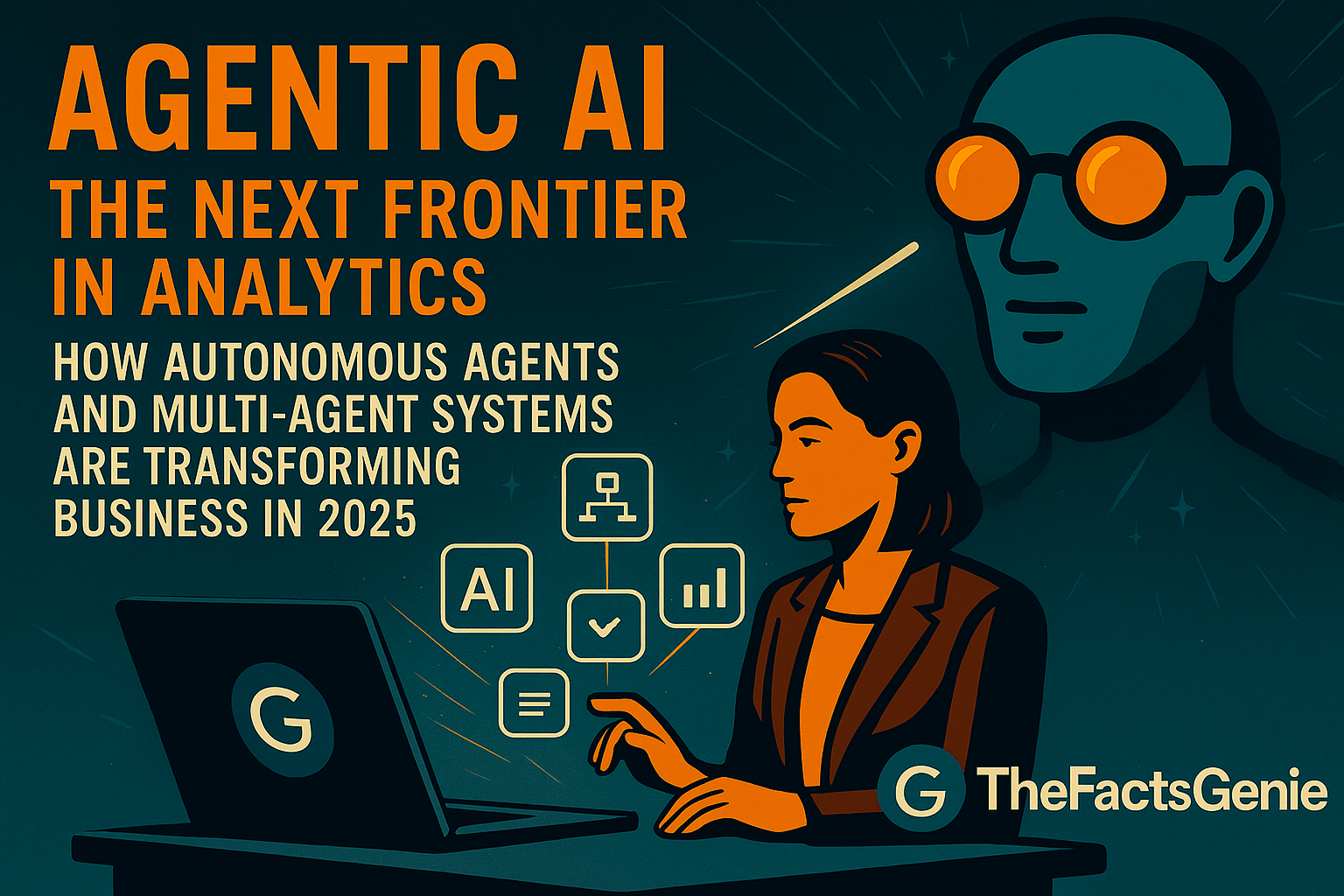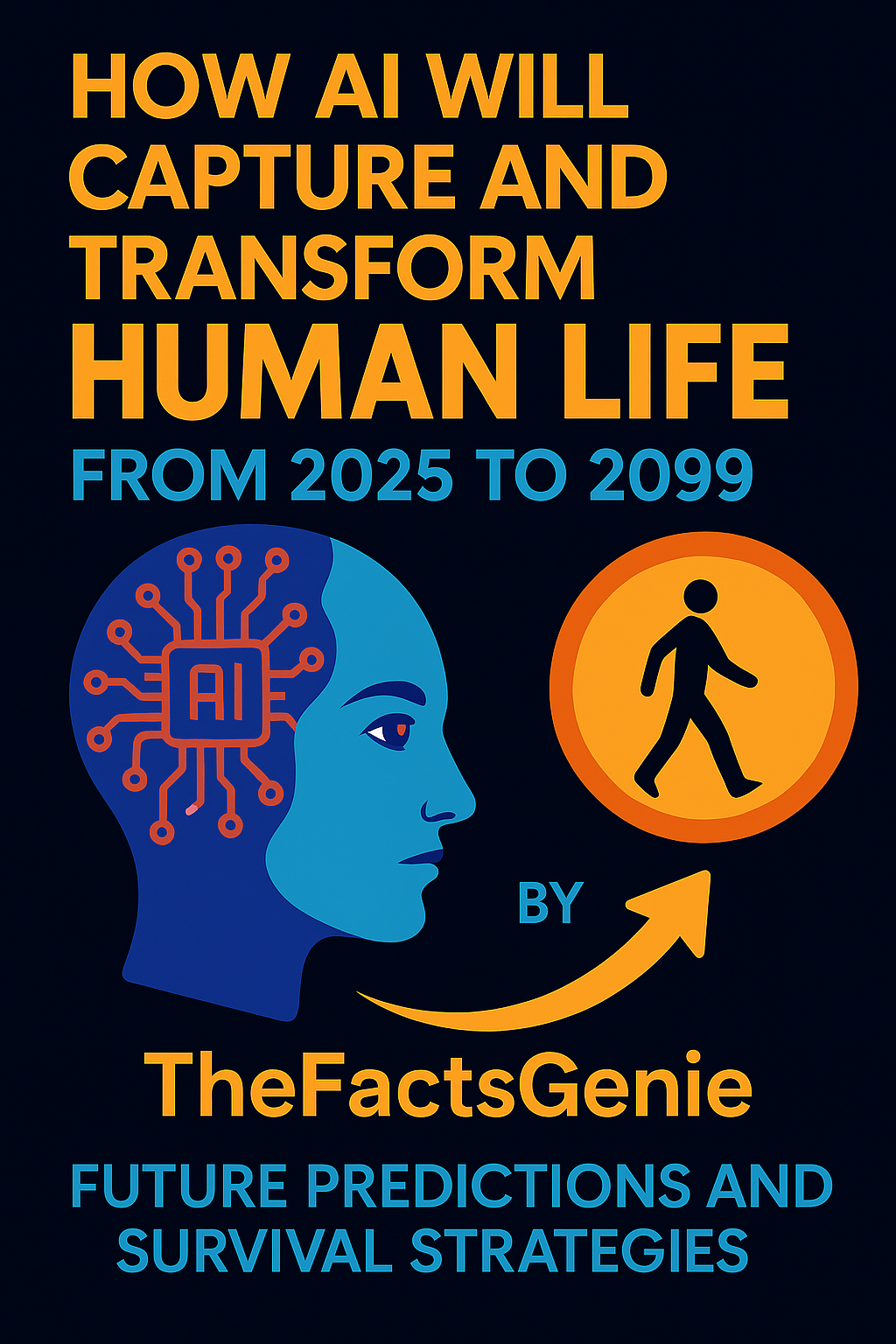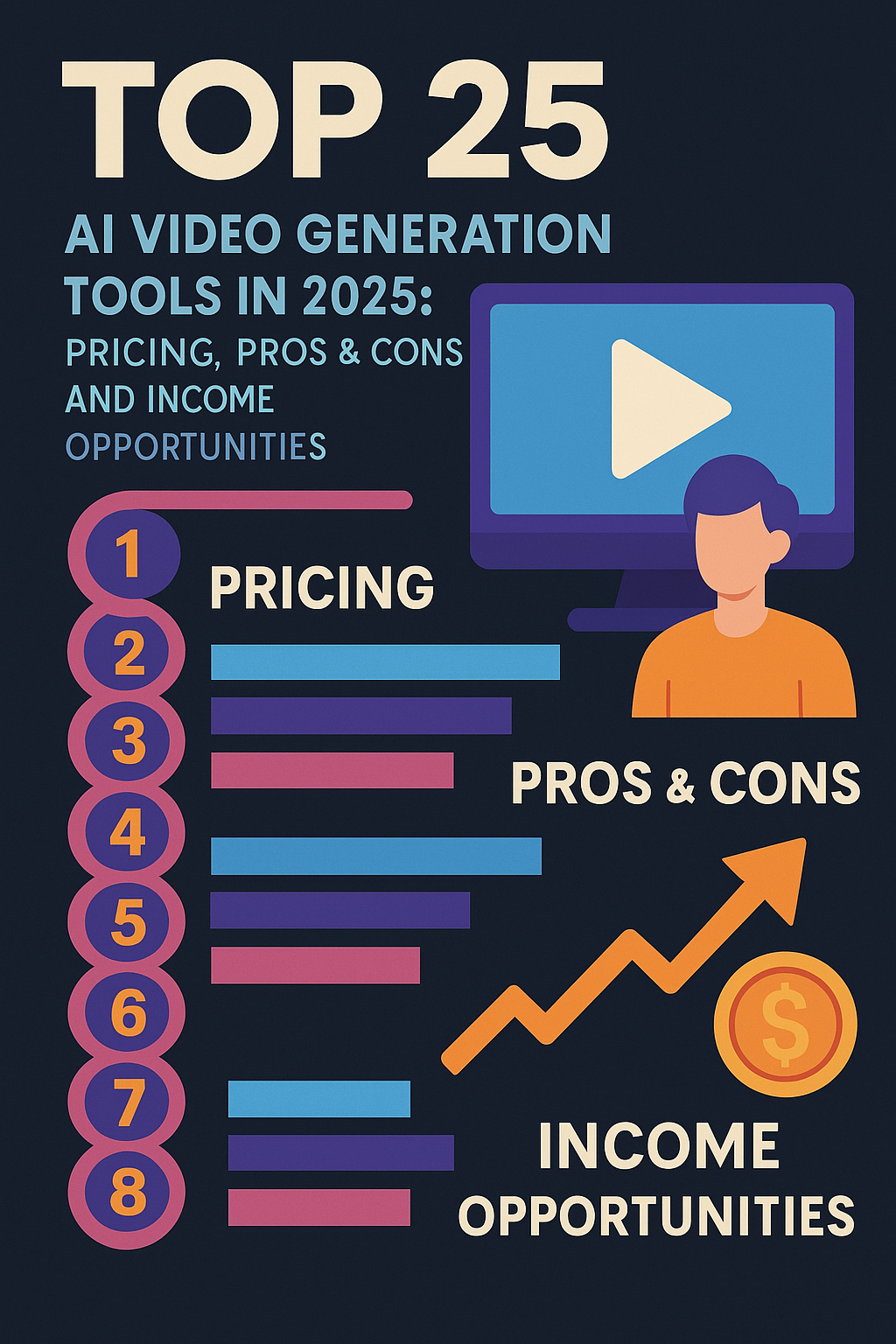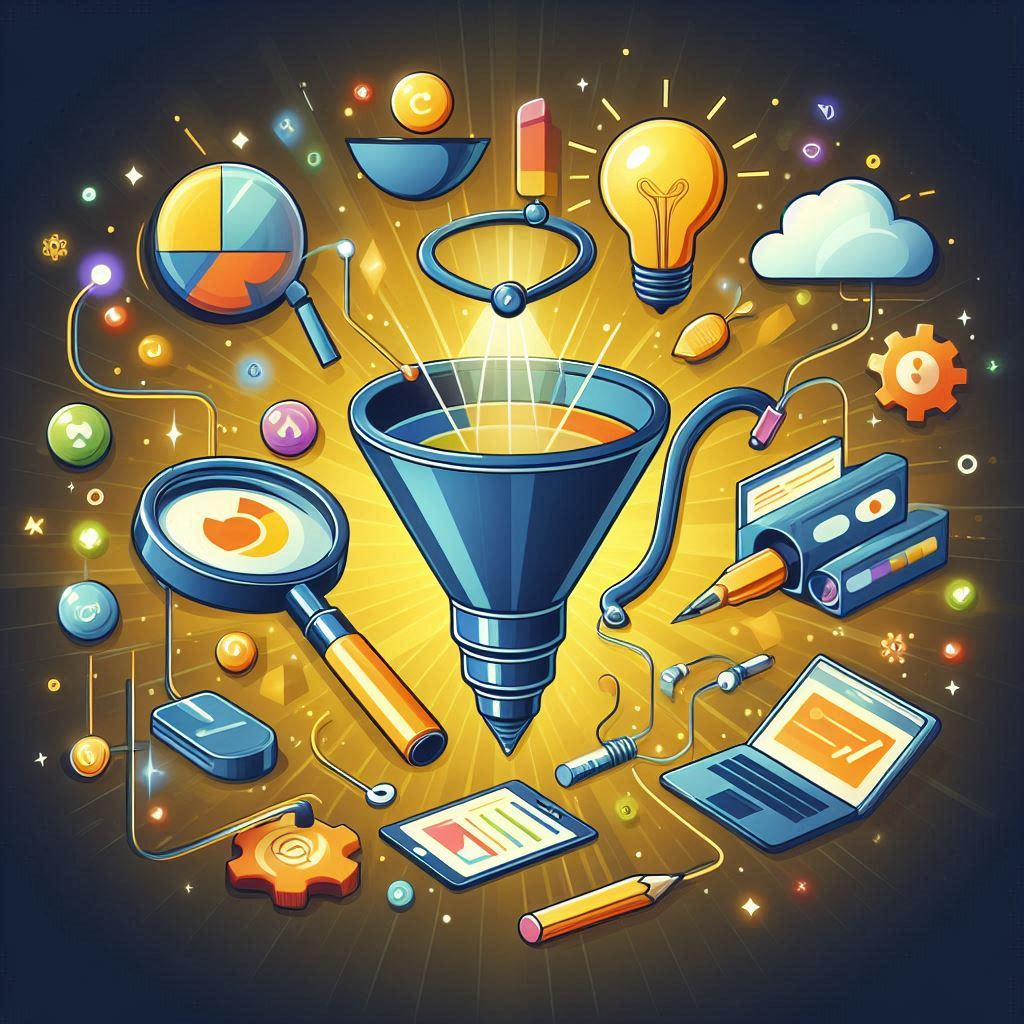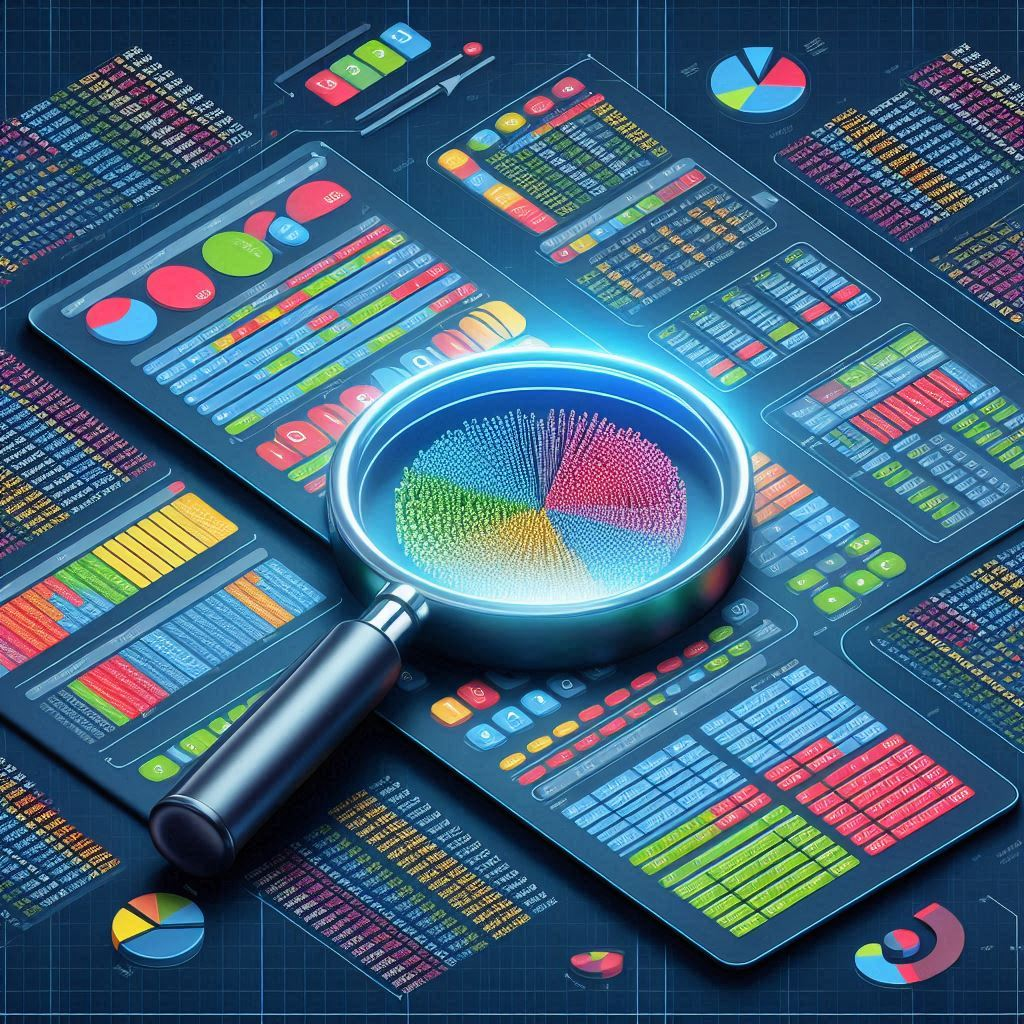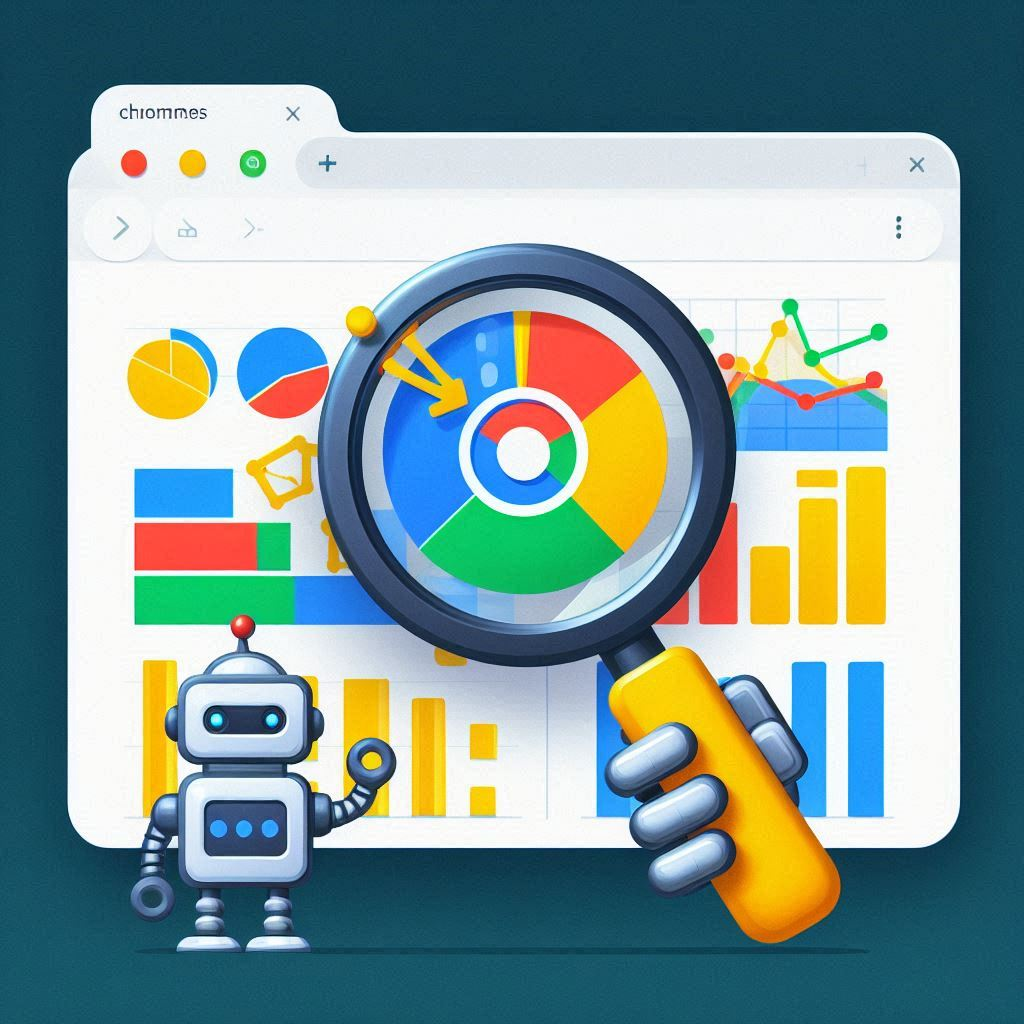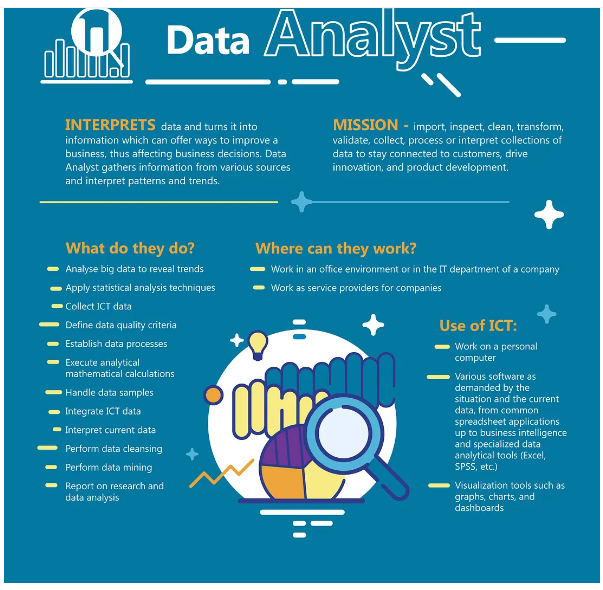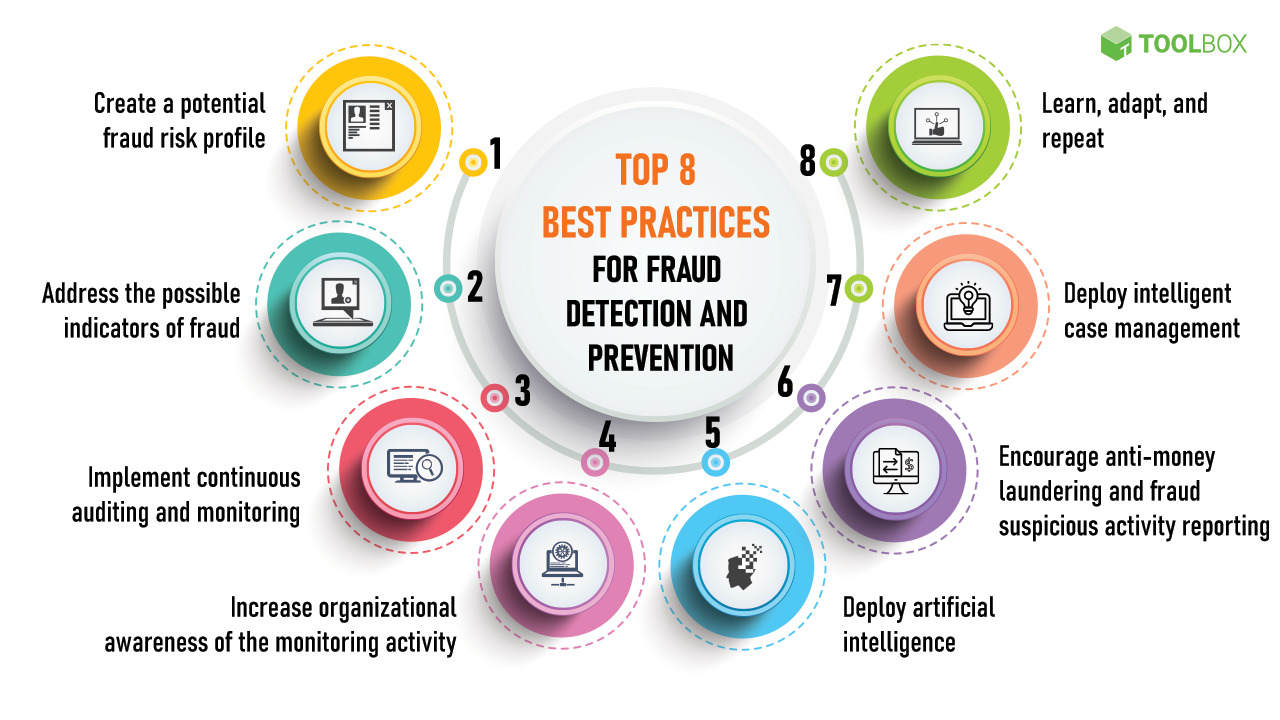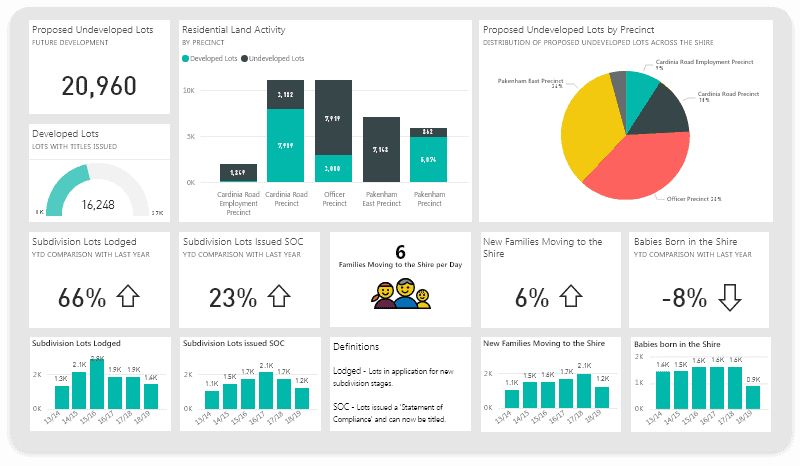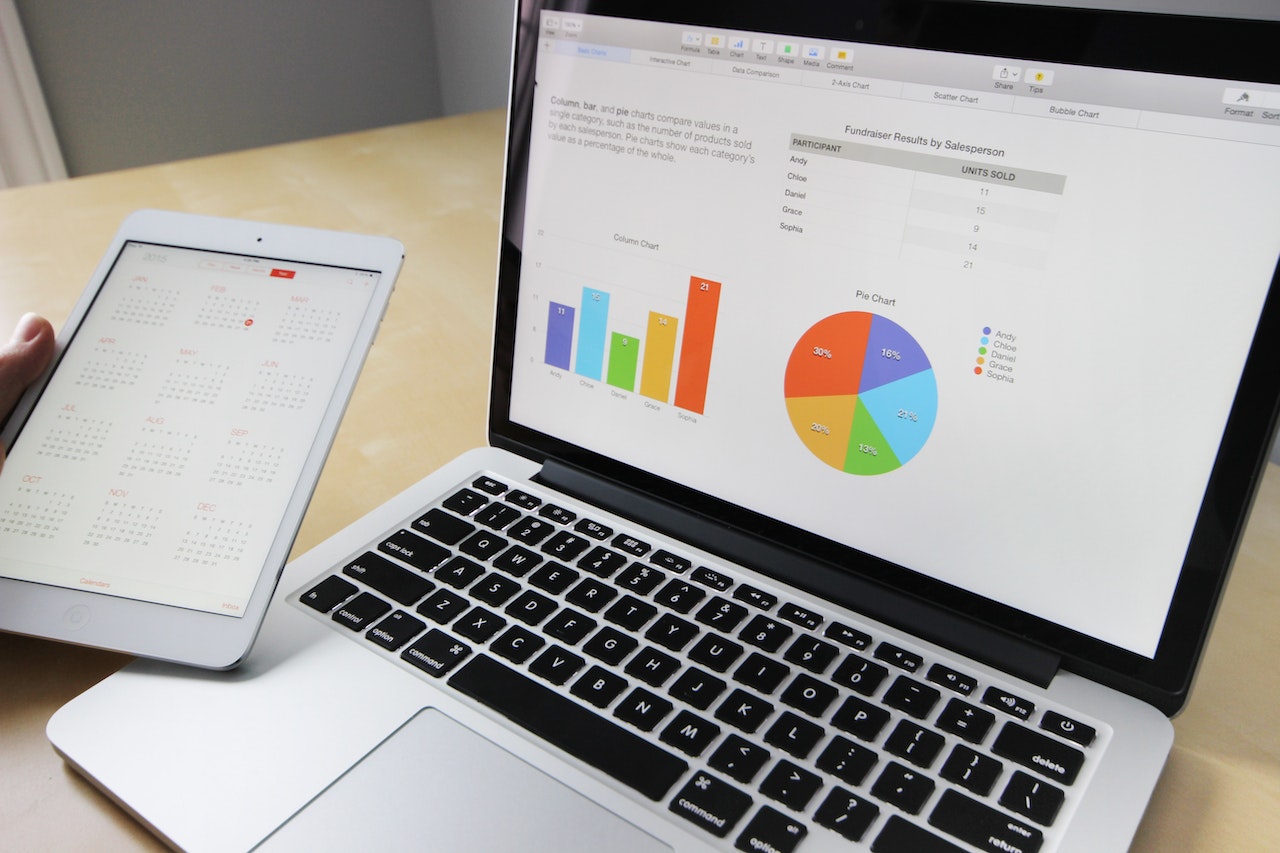
Description:
As 2025 reshapes how online businesses operate, data collection tools have become central to eCommerce success. In this post, discover the most powerful tools, their real-world impact, benefits, and how businesses can adopt them effectively
🧭 Table of Contents
-
Introduction
-
Importance of Data Collection in 2025
-
Categories of Data Collection Tools
-
Key Tools for eCommerce and Business in 2025
-
Advantages of Using Data Collection Tools
-
Scope and Industry Applications
-
Future Trends (2025 and Beyond)
-
How to Adopt These Tools
-
Challenges and Solutions
-
Conclusion
-
References
🔍 1. Introduction
In 2025, data is more than a digital asset—it’s the currency of success for eCommerce and modern businesses. As competition intensifies and personalization becomes a baseline expectation, data collection tools are pivotal in making informed decisions.
Whether you’re a startup, D2C brand, or global retailer, understanding your customers’ behaviors, needs, and journeys is critical. Let’s explore how data collecting tools are transforming eCommerce and business in 2025.
💡 2. Importance of Data Collection in 2025
In the digital-first economy, brands thrive not by guessing but by knowing. Data collection tools:
-
Enhance Customer Experience: Through personalization.
-
Optimize Operations: With demand forecasting and inventory insights.
-
Drive Marketing ROI: By targeting the right audience at the right time.
-
Enable Decision-Making: With real-time analytics and KPIs.
With regulations like GDPR, CCPA, and India’s DPDP Act, ethical and transparent data collection is more vital than ever.
🧰 3. Categories of Data Collection Tools
A. Customer Behavior Analytics
-
Understand how users navigate websites, what they click, where they drop off.
B. Surveys & Feedback
-
Collect direct input about user satisfaction, pain points, and suggestions.
C. CRM & Customer Data Platforms (CDPs)
-
Consolidate and manage user profiles for smarter segmentation.
D. Social Listening & Competitor Analysis
-
Track brand sentiment and identify opportunities in the market.
E. Sales & Inventory Data Collection
-
Align supply chain with customer demand using real-time insights.
🚀 4. Key Tools for eCommerce and Business in 2025
Here’s a curated list of essential tools across categories with official links:
✅ Customer & Website Analytics
✅ Surveys & Feedback
✅ CRM / CDPs
✅ Social Media & SEO Analytics
| Tool | Use Case | Link |
|---|---|---|
| SEMrush | SEO, PPC, competitor research | SEMrush |
| Meta Business Suite | Social performance | Meta Suite |
✅ eCommerce Platform Integrations
| Tool | Platform | Link |
|---|---|---|
| Shopify Analytics | Shopify | Shopify |
| WooCommerce Google Analytics Pro | WooCommerce | WooCommerce |
| Magento BI | Adobe Commerce | Magento BI |
✅ 5. Advantages of Using Data Collection Tools
-
🔍 Customer Understanding: Micro-segmentation and journey mapping.
-
📈 Boost Conversion Rates: By identifying friction points and optimizing funnels.
-
🔁 Predictive Forecasting: AI-based projections for inventory and sales.
-
🛠 Operational Efficiency: Automate decisions on marketing, fulfillment, and support.
-
📊 Cross-channel Analytics: Combine web, mobile, email, and social insights.
🌐 6. Scope and Industry Applications
These tools are not limited to online retail—they benefit:
| Industry | Use Case |
|---|---|
| Retail | Customer segmentation, inventory planning |
| Healthcare | Patient feedback, teleconsultation UX |
| Finance | Fraud detection, behavior-based credit scoring |
| EdTech | Learner engagement analytics |
| Logistics | Route optimization, demand tracking |
🔮 7. Future Trends (2025 & Beyond)
A. AI-Powered Insights
Tools like Microsoft Clarity and GA4 use machine learning to offer predictive analytics and anomaly detection.
B. Zero-Party Data Revolution
Brands will rely more on volunteered data (via quizzes, preferences) than cookies.
C. Voice & IoT Data
Smart devices and voice commerce will feed new datasets into platforms.
D. Privacy-First Design
Consent-first data strategies and anonymization will be standard.
🛠 8. How to Adopt These Tools
✅ Step-by-Step Adoption Plan:
-
Audit Current Stack: Identify gaps in existing tools.
-
Define KPIs: Clarify what you want to measure (CLV, churn, CTR, etc.).
-
Choose Tools That Integrate: Ensure API compatibility.
-
Train Teams: On ethical data use, visualization, and analysis.
-
Start with a Pilot: Deploy in a limited area and scale based on insights.
-
Monitor, Adjust, Optimize.
⚠️ 9. Challenges and Solutions
| Challenge | Solution |
|---|---|
| Privacy laws | Use compliant tools with opt-in tracking |
| Data overload | Focus on actionable metrics |
| Tool integration | Use middleware like Zapier, Make |
| Cost | Start with freemium tools or grants (Google for Startups) |
🏁 10. Conclusion
In 2025, data collection tools are not optional—they are foundational. As eCommerce moves toward hyper-personalization and AI-powered decisions, those who master data collection will lead their markets. Whether you’re a solopreneur or enterprise, the right tools—ethically and intelligently used—can transform how you grow.
📚 11. References
-
Google Analytics 4 – https://marketingplatform.google.com/about/analytics/
-
Shopify Analytics – https://www.shopify.com/analytics
-
Segment CDP – https://segment.com/
-
GDPR Info – https://gdpr-info.eu/
-
HubSpot CRM – https://www.hubspot.com/products/crm








